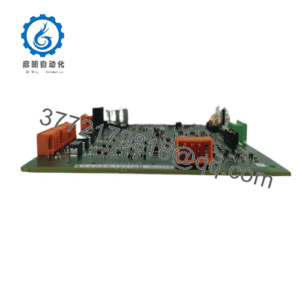Description
In industrial automation and power generation, where turbines and engines demand unflinching precision to avoid costly excursions or mechanical stress, engineers often contend with the limitations of single-channel controls that can’t keep pace with dual-actuator demands or provide the fault tolerance needed for uninterrupted operation. The Woodward 5501-432 steps in as a vital solution, serving as a 2-channel actuator controller that ensures smooth, responsive positioning in high-stakes process control setups. Consider a gas turbine startup sequence or a steam valve modulation in a peaking plant—here, even minor delays in actuator response can lead to frequency instability, accelerated wear on components, or safety shutdowns. This module becomes essential in environments requiring high reliability for I/O signals, where traditional controllers might falter under load variations or environmental stressors like temperature swings and electromagnetic noise.
The Woodward 5501-432 shines by enabling dual-channel redundancy, allowing independent management of two actuators to maintain system stability without a single point of failure. It’s particularly crucial during retrofits of legacy turbine controls, where modular integration allows for phased upgrades that minimize plant outages. By leveraging PWM outputs, it delivers fine-tuned commands that adapt to real-time feedback, preventing overshoots that plague less sophisticated systems. In industrial automation contexts, such as oil and gas extraction or water treatment facilities, the need for precise valve and damper control underscores its role—ensuring signal reliability that supports closed-loop operations and reduces the risk of process deviations. This isn’t just about hardware; it’s about empowering engineers to achieve operational goals like faster ramp rates or tighter load following, all while enhancing overall I/O architecture resilience. For those navigating the complexities of turbine governance or machinery protection, the Woodward 5501-432 offers the high-reliability backbone that turns potential vulnerabilities into strengths.
The Woodward 5501-432 functions as a core component in the NetCon controller series, embedded within the actuator layer of the automation stack to bridge field devices like LVDTs or RVDTs with the central processing unit. It processes position feedback from up to two transducers per channel, applying PID algorithms to generate PWM-modulated outputs that drive hydraulic or electric actuators with 200 mA capacity per channel. In a typical setup, it slots into a backplane or rack-mounted enclosure, interfacing via analog I/O for seamless data exchange with the NetCon CPU or remote I/O modules—think of it as the vigilant handler ensuring actuators align precisely with setpoint commands from the DCS.
Integration is straightforward yet robust; it supports diagnostics over serial links, flagging issues like feedback drift or driver faults through configurable alarms, which feed into SCADA for operator awareness. Redundancy comes built-in, with independent channels that can failover automatically in critical turbine applications, while watchdog monitoring safeguards against microcontroller hangs. Positioned below the logic layer but above raw field wiring, the Woodward 5501-432 enhances the I/O architecture by isolating noisy environments, compatible with protocols like Modbus for tying into broader control platforms. Engineers value its flexibility—tune gains via Woodward’s configuration software without halting the system—and its ability to handle dual-loop control for applications like fuel racks or inlet guide vanes, making it a natural fit for expanding or modernizing process control systems without extensive rewiring.
- 5501-432
| Specification | Details |
|---|---|
| Model Number | 5501-432 |
| Brand | Woodward |
| Type | 2-Channel Actuator Controller |
| Input Voltage | 18-32 Vdc |
| Operating Temp Range | -40°C to +70°C |
| Mounting Style | Rack/Backplane Mount |
| Dimensions | 10.25 x 9.75 x 1 in |
| Weight | 3 lbs |
| Interface/Bus | Analog I/O, Serial |
| Compliance | CE, UL, RoHS |
| Supported Protocols | Modbus |
| Typical Power Draw | 10 W |
Selecting the Woodward 5501-432 arms your automation setup with a level of precision that directly bolsters machinery protection and uptime, crafted to sustain accurate actuator response even as systems endure thermal cycling or vibration. This inherent durability means fewer interventions over the equipment’s lifecycle, as its fault-tolerant design catches excursions before they propagate, preserving turbine integrity and extending service intervals in ways that single-channel alternatives simply can’t match.
From an integration standpoint, it lightens the load on engineering teams by accommodating diverse feedback types without custom adapters, streamlining commissioning in multi-vendor environments and cutting down on integration snags that delay projects. Maintenance becomes more predictive than reactive, with onboard diagnostics that log anomalies for analysis, allowing crews to schedule checks around operational windows rather than scrambling during peaks. In the realm of process control, this efficiency compounds—smoother actuator modulation leads to optimized fuel use and reduced emissions, while the dual-channel setup ensures redundancy that aligns with safety standards, delivering tangible returns through enhanced reliability and compliance.
Ultimately, the Woodward 5501-432 cultivates a more resilient I/O ecosystem, where its configurable parameters adapt to evolving plant needs without overhauling the core architecture. This scalability supports growth, from base-load power gen to variable renewable integration, ensuring long-term performance that keeps your operations ahead of the curve in demanding industrial automation landscapes.
The Woodward 5501-432 excels in power generation for gas and steam turbines, where it orchestrates dual fuel valve actuators to maintain precise load control during frequency regulation, thriving in high-temperature enclosures with continuous uptime demands and fast response cycles for grid stability. In oil and gas process control environments, it’s deployed for drilling rig choke valves, handling harsh vibrations and corrosive atmospheres while delivering high-reliability I/O to prevent pressure spikes that could compromise safety.
For water treatment facilities, the module manages pump positioning in filtration systems, supporting modular expansions for seasonal loads and ensuring signal integrity in humid, electrically noisy settings critical for uninterrupted flow management.
5501-467 – 500 mA version for higher-power actuator demands in large turbines
5501-430 – Single-channel variant for cost-sensitive, less redundant applications
5501-433 – Enhanced model with integrated overspeed protection
9905-468 – NetCon base controller for pairing with actuator modules
5466-916 – Analog I/O companion for expanded field signaling
5501-436 – High-resolution feedback option for ultra-precise positioning
8237-170 – Legacy actuator driver as a drop-in upgrade path
5501-435 – Compact DIN-rail mount alternative for distributed control
As you gear up to incorporate the Woodward 5501-432, double-check compatibility with your NetCon chassis slots and voltage rails—anything below 18 Vdc risks undervoltage faults—and map out transducer wiring to match the module’s differential inputs, avoiding ground loops that could skew readings. Allocate rack space with at least 1U clearance for airflow, especially in warmer turbine halls, and preload the latest firmware from Woodward’s toolkit to leverage updated PID presets for your specific actuator profiles.
Maintenance routines keep things straightforward: monthly glances at status LEDs for channel health, coupled with quarterly connector audits to fend off oxidation in dusty process areas. Perform annual calibration runs using the built-in test modes to verify position accuracy against known setpoints, and if diagnostics flag a channel, swap in a spare while logging the event for root-cause review. In dual setups, exercise failover logic biannually during low-load periods to confirm seamless transitions, always powering down isolated segments first. These habits, drawn from field-proven practices, help sustain peak performance without pulling focus from core operations.

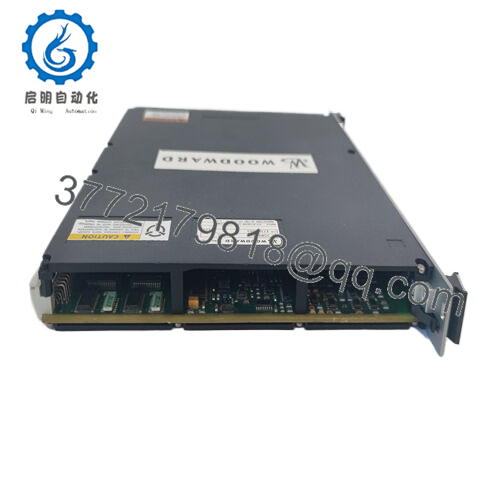
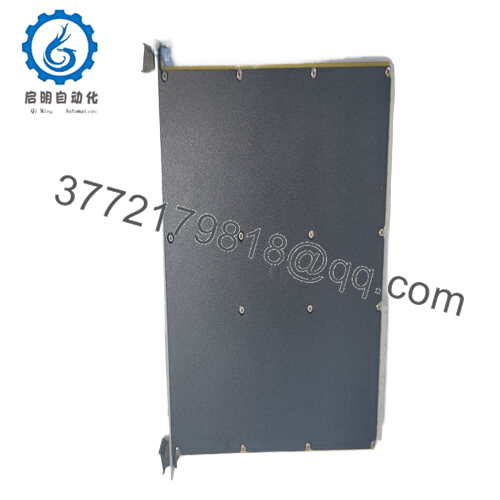
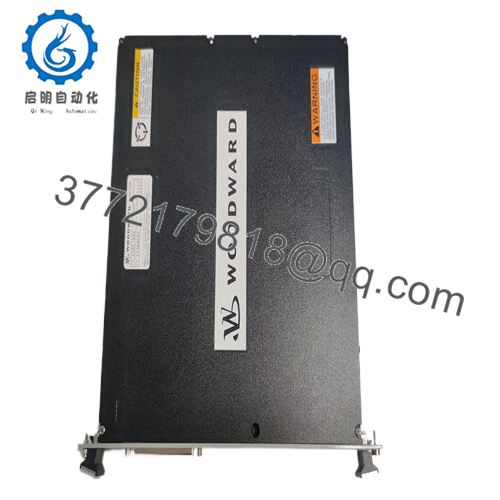
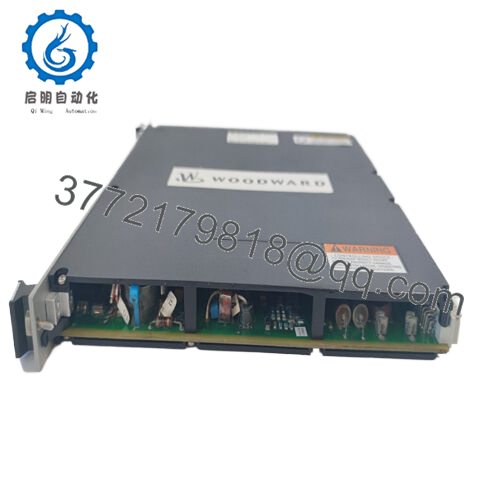
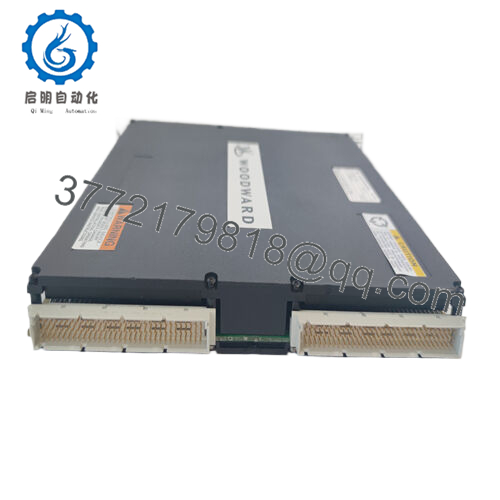
 WhatsApp: +86 16626708626
WhatsApp: +86 16626708626 Email:
Email:  Phone: +86 16626708626
Phone: +86 16626708626
